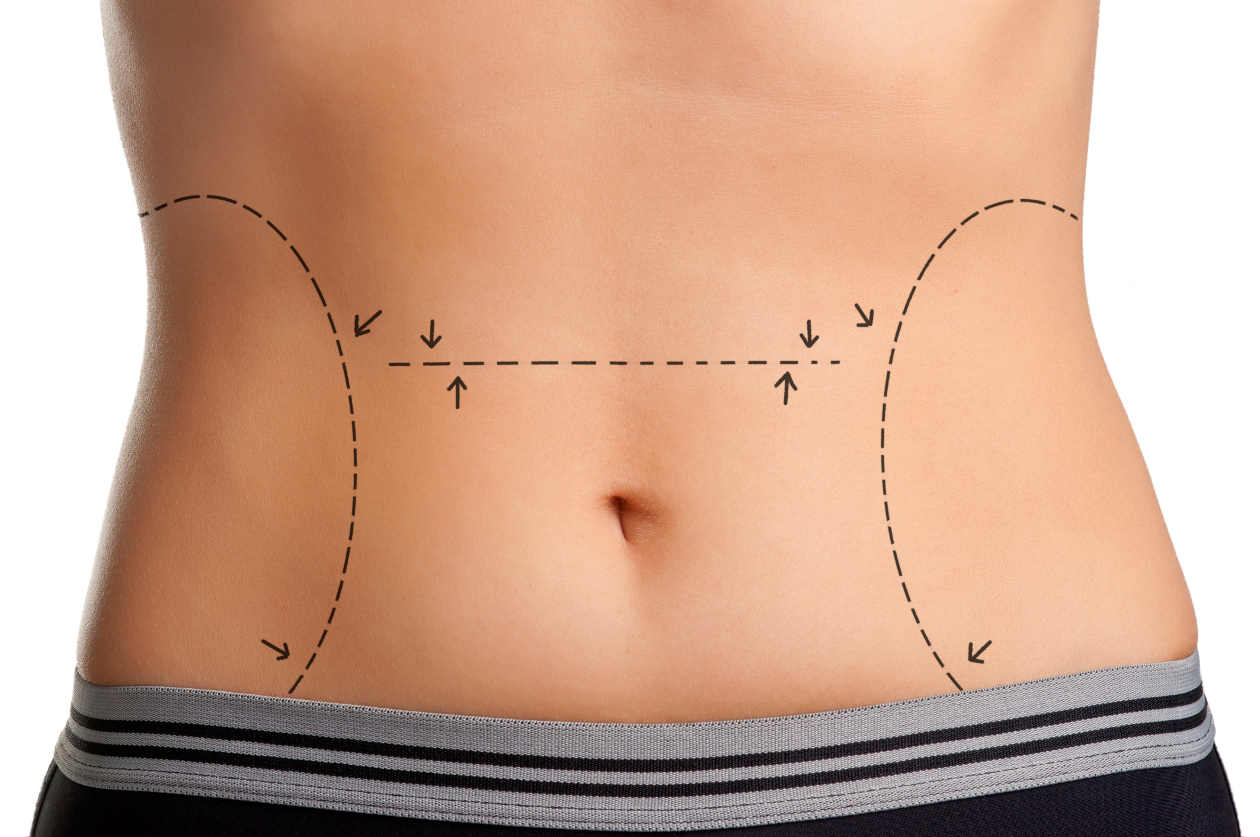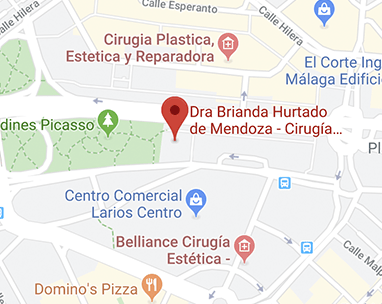
Abdominoplasty
Abdominoplasty in Malaga & Marbella
This is also called an abdominoplasty or tummy tuck. In this procedure excess skin and fat can be removed, abdominal contours and scars improved, and the muscles tightened. Different combinations are combined in the various procedures.
THE STANDARD ABDOMINOPLASTY
The excess skin and fat of the abdominal wall between the pubic area and the umbilicus (navel) is removed leaving the umbilicus in place. The skin of the abdominal wall at the level of the umbilicus is then drawn down to suture it to at the pubic level. The patient is left with a long, usually curved scar across the lower part of the abdominal wall at the level of the pubic hair. There is also a scar around the umbilicus. Any looseness of the muscles of the abdominal wall or hernia is repaired at the same time.



